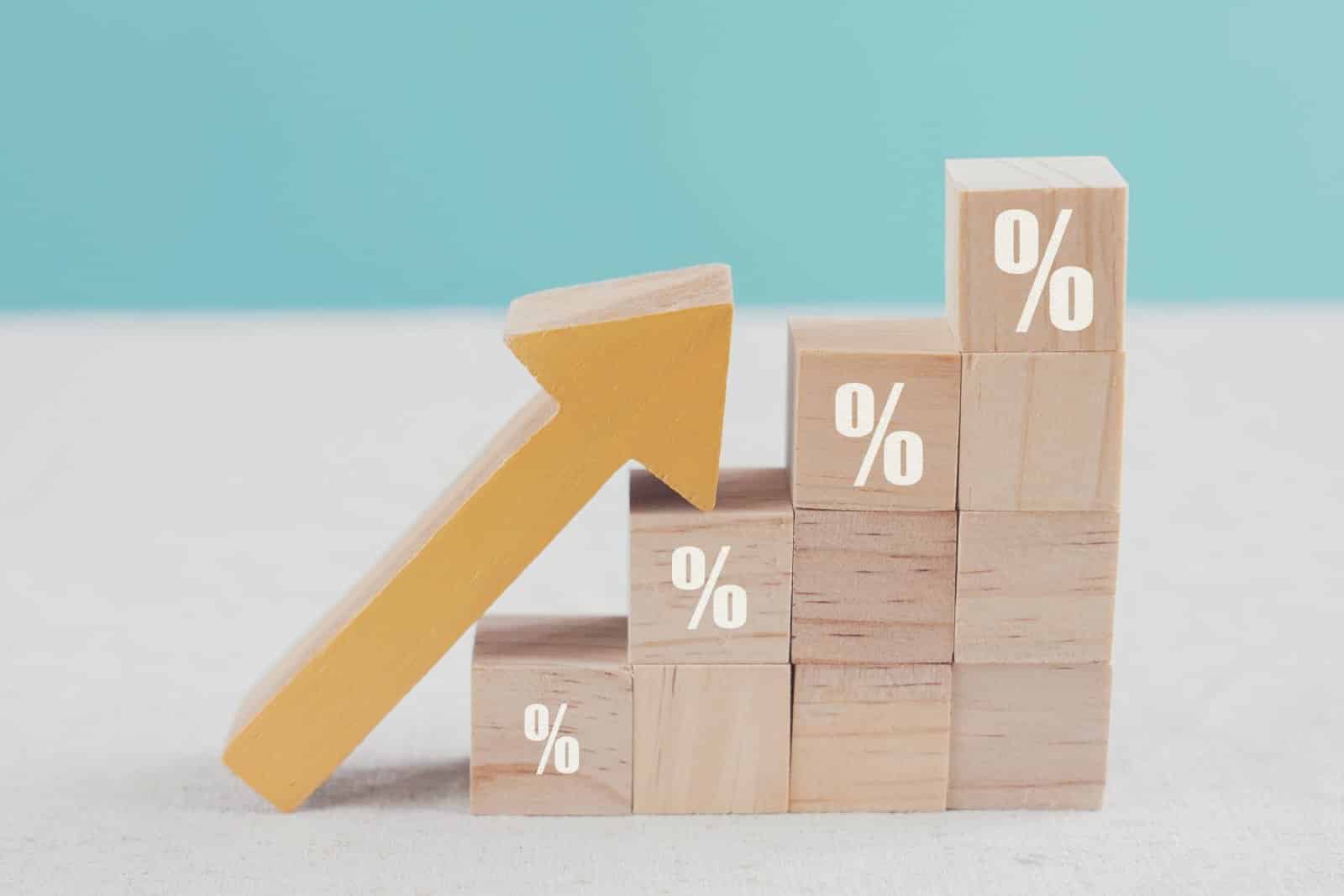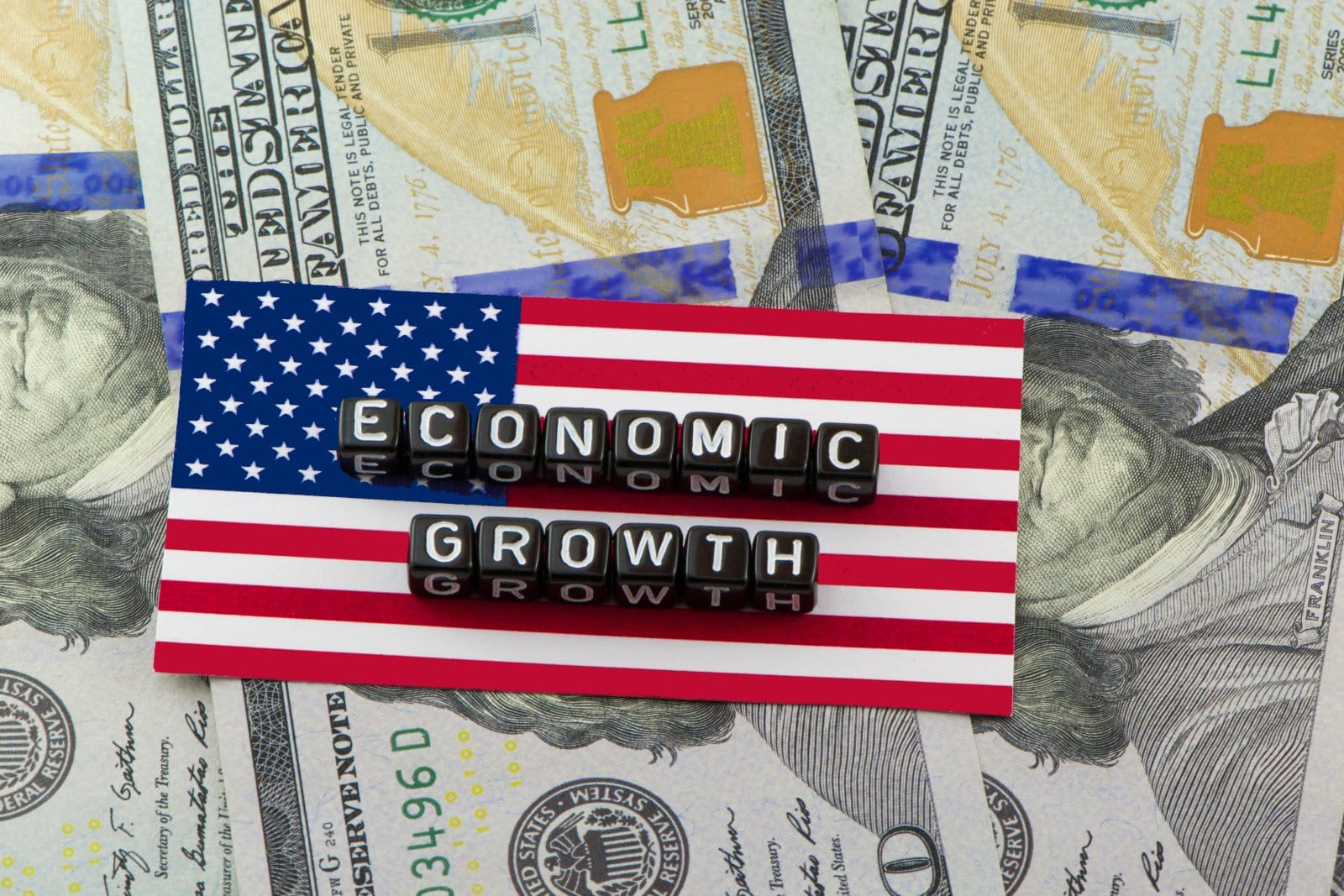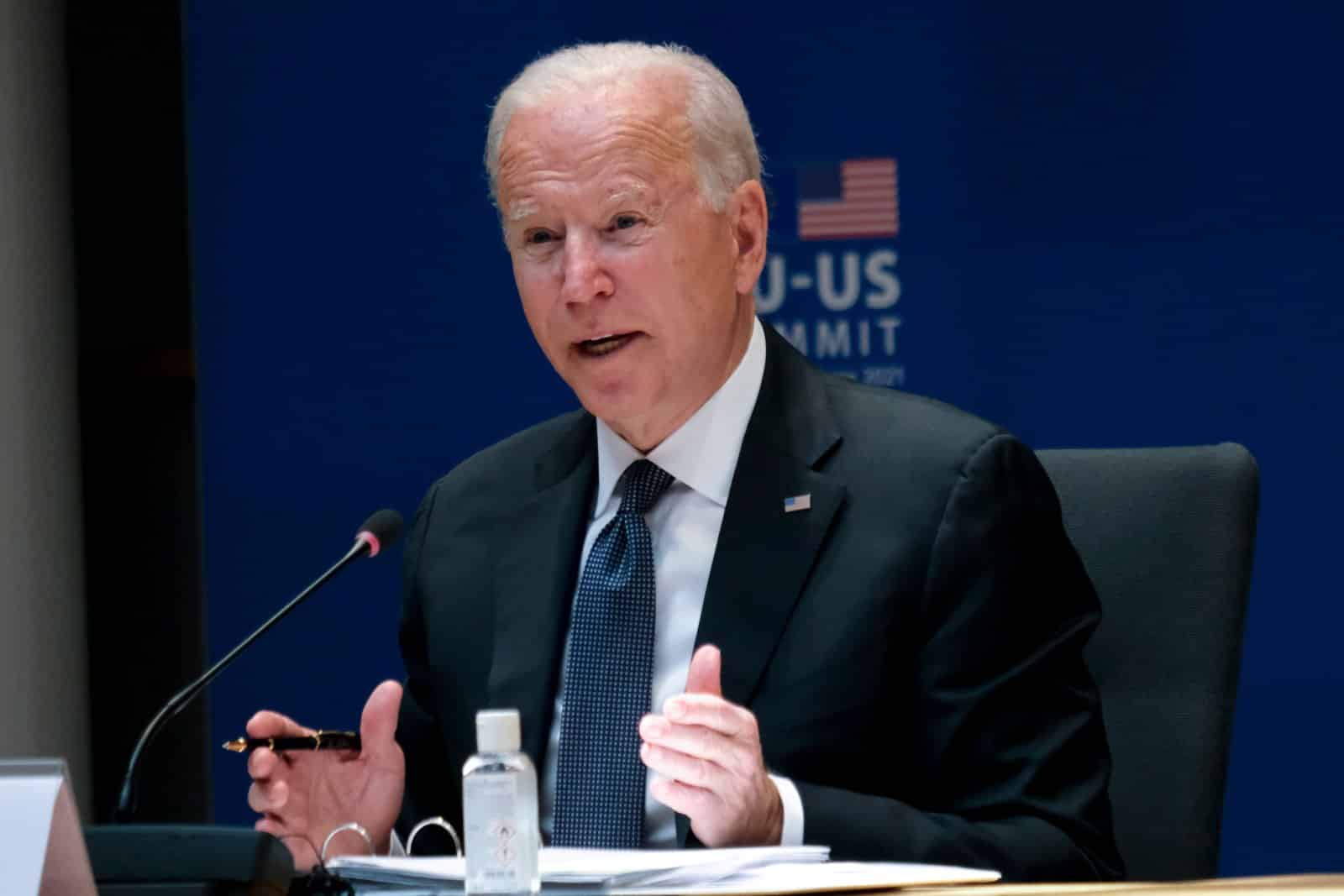A new report from the U.S. Department of the Treasury (USDT) has painted an optimistic picture of the American economy, with the latest economic data suggesting reduced inflation, increased real wages, and low unemployment rates. As many households continue to feel the pinch, it appears individual financial experiences may not fully align with this positive narrative.
Economic Gains vs. Inflation

The Treasury’s report marks 2023 as a year of substantial economic recovery. Inflation, which hit highs in 2022, has fallen by six percentage points.
Meanwhile, real wages are climbing, and unemployment is staying remarkably low.
Increased Spending Ability

Since 2019, American workers have seen a 2.4% increase in real weekly earnings, giving the average worker an extra $1,400 a year for spending or saving.
Wage Growth Picking Up Speed

The past year has seen faster wage increases, particularly for those in production and non-supervisory roles, hinting at better days ahead for buying power.
Widespread Wage Increases

A notable aspect of the economic data is the across-the-board increase in real wages.
Middle and lower-income families, in particular, have enjoyed a faster pace of real earnings growth, contributing to a broad-based improvement in living standards.
Wage vs. Cost of Living

While wages are going up, the cost of essentials like housing and food is climbing faster, making it hard for some families to feel the improvement.
Consumption Patterns Shift

Despite higher prices for basics like gas and food, the average American’s income has risen more than their expenses, theoretically allowing for greater spending.
Variation in Expenses

Although some goods and services have become more affordable, essential items like gas and food have seen price hikes, disproportionately affecting household budgets.
This complicates the overall financial picture for many household budgets.
The Reality of Buying Power

The idea that the average American has more to spend or save than in 2019 is promising, yet not everyone sees these benefits due to ongoing financial challenges.
Labor Market Strength

A robust job market is essential for economic recovery, offering more people a chance to better their financial standing, though job quality and accessibility remain concerns.
The Wage Growth Picture

The boost in wage growth brings hope for economic improvement, but many are still struggling to keep pace with living costs.
Comparison with Other Countries

The U.S. is somewhat unique in its trend of increasing purchasing power, contrasting with other developed nations facing stagnant or falling wage growth.
Job Market Beats Expectations

The job market has surged beyond predictions pre-pandemic, with over 2 million more jobs, reinforcing the workforce and enhancing purchasing power for many.
A Stronger Employment Scene

Employment levels have hit a two-decade peak, spreading the advantages of wage increases and boosting overall financial capacity.
Policy Impacts

Government actions have contributed to wage and job growth, though the results vary, with some still feeling left out of the economic recovery.
Biden’s Middle-Class Agenda

President Biden’s policies aim to lessen the financial strain on middle-class families, a point of contention as elections approach.
Debate Continues

The Treasury’s optimistic report suggests American households are benefiting from current economic policies and market strength. Yet, how this plays out in individual budgets remains a contentious issue.
The post Uneven Economic Gains Persist Despite Overall Growth first appeared on Swift Feed.
Featured Image Credit: Shutterstock / Pixel-Shot.
The content of this article is for informational purposes only and does not constitute or replace professional financial advice.

